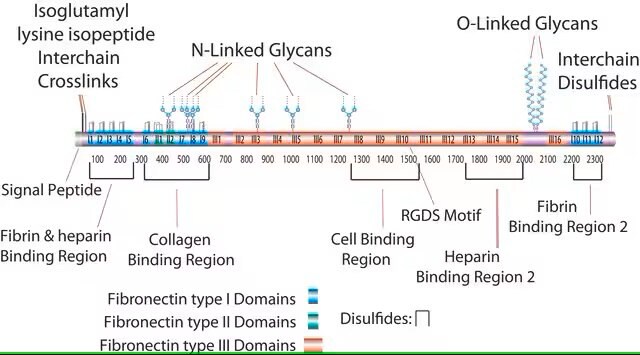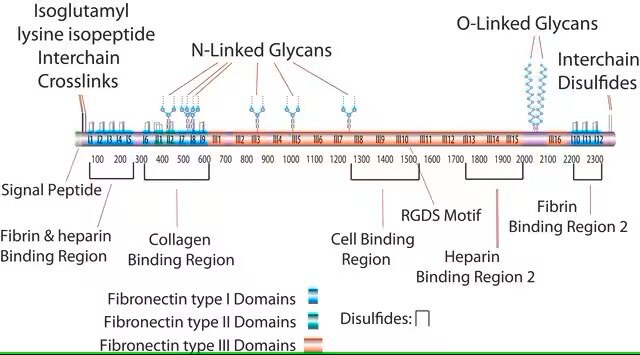おすすめの製品
由来生物
human plasma
品質水準
無菌性
non-sterile; 0.2 μm filtered
アッセイ
95% (SDS-PAGE)
フォーム
lyophilized (clear, colorless solution after reconstitution)
分子量
440 kDa
包装
pkg of 5 mg
メーカー/製品名
Roche
保管条件
avoid repeated freeze/thaw cycles
テクニック
cell culture | mammalian: suitable
UniProtアクセッション番号
保管温度
2-8°C
遺伝子情報
human ... FN1(2335)
類似した製品をお探しですか? 訪問 製品比較ガイド
詳細
特異性
アプリケーション
試験法
物理的形状
調製ノート
5 μg/cm2を細胞培養容器のコーティングに使用
保管条件(標準溶液):-15~-25℃
再溶解したものは-15~-25℃で安定します。
注意:再溶解液は小分けして-15~-25℃で保管してください。
凍結と溶解を繰り返すことは避けてください。
再構成
再構成の際、溶液中に不溶性の固まりが少量みられることがあります。この固まりは、フィブロネクチン固有の現象であり、製品性能に影響しません。
その他情報
免責事項
保管分類コード
11 - Combustible Solids
WGK
WGK 1
引火点(°F)
does not flash
引火点(℃)
does not flash
この製品を見ている人はこちらもチェック
資料
The extracellular matrix (ECM) is secreted by cells and surrounds them in tissues.
The extracellular matrix (ECM) is secreted by cells and surrounds them in tissues.
3D cell culture overview. Learn about 2D vs 3D cell culture, advantages of 3D cell culture, and techniques available to develop 3D cell models
3D cell culture overview: 3D cell cultures are increasingly being used for basic research and drug discovery. Learn about 2D vs 3D cell culture, advantage of 3D cell culture, and what about the techniques available to develop your 3D cell model.
プロトコル
Dilute fibronectin to the desired concentration. Optimum conditions for attachment are dependent on cell type and application. The typical coating concentration is 1 – 5 ug/cm2.Fibronectin coating protocol, products, and FAQs.
ライフサイエンス、有機合成、材料科学、クロマトグラフィー、分析など、あらゆる分野の研究に経験のあるメンバーがおります。.
製品に関するお問い合わせはこちら(テクニカルサービス)






